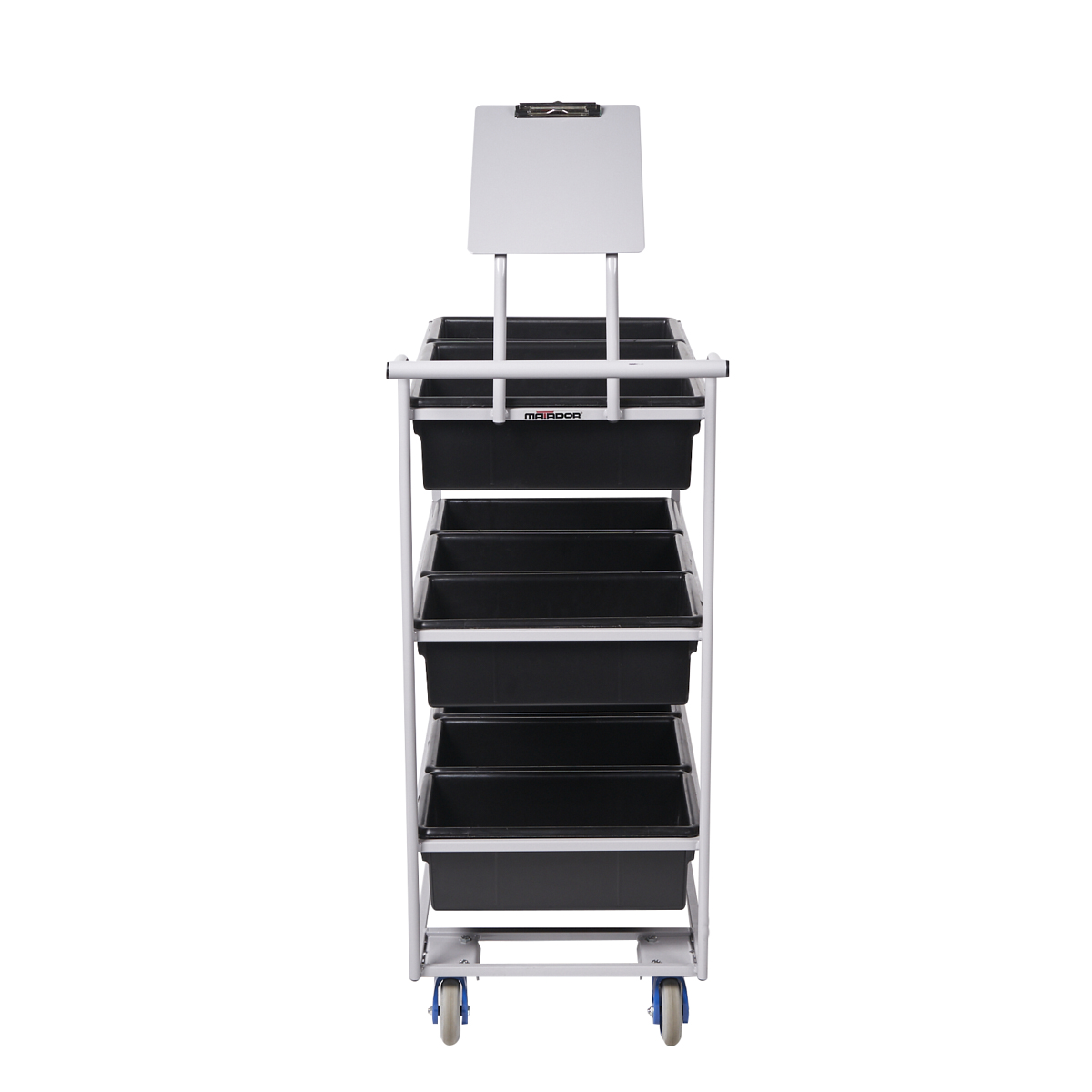If your linked list appears empty after attempting to reverse it, there could be several reasons for this behavior. Here are some common reasons:
Incorrect Implementation:
The code for reversing the linked list may have a bug or error in its implementation, causing it to behave unexpectedly.
Double-check your reversing algorithm to ensure it correctly updates the pointers and the head of the linked list.
Empty Input List:
If the input linked list is initially empty, attempting to reverse it will result in an empty linked list as the output.
Null Pointers:
Make sure you are not accidentally dereferencing null pointers or accessing memory that is not allocated.
Ensure that the head of the reversed list is correctly assigned.
List Traversal:
If you are inadvertently modifying the original list while reversing it, this can lead to unexpected results.
Always work on a copy of the original list or create a new reversed list without modifying the original.
Incorrect Looping/Iteration:
Ensure that your loop or recursion logic for reversing the list is working as expected.
Common mistakes include using the wrong loop conditions or not updating pointers correctly within the loop.
Memory Leaks or Corruption:
Improper memory management, such as memory leaks or buffer overflows, can cause the list to appear empty or crash during the reversal process.
Check for memory allocation and deallocation issues.
Debugging:
Use debugging tools and techniques to inspect the state of your linked list during the reversal process. This can help identify the exact point where the issue occurs.
Data Corruption:
If the linked list contains corrupted data or has been modified incorrectly elsewhere in your code, it may lead to unexpected behavior when reversing it.
Edge Cases:
Consider edge cases, such as a single-node linked list (which remains the same when reversed) or a null pointer as input (which should return a null pointer as well).
Exception Handling:
If there are exceptions or errors in your code, they may prevent the reversal process from completing successfully. Ensure you handle exceptions appropriately.
To diagnose the issue, it’s essential to review your code carefully, step through it with a debugger, and consider the specific circumstances in which your linked list appears empty after attempting to reverse it.




Autres produits
-
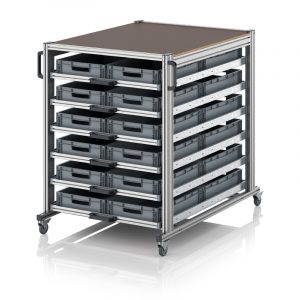
Chariot porte bac pro
2642,00 € HT / 3170,40 € TTCGuide d'utilisation du Chariot porte bac pro
Les avantages du Chariot porte bac pro au quotid... -
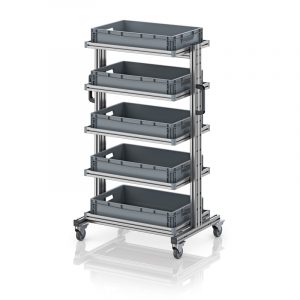
Chariot porte-bacs professionnel
1525,00 € HT / 1830,00 € TTCGuide d'utilisation du Chariot porte-bacs professionnel
Les avantages du Chariot porte-bacs pr... -
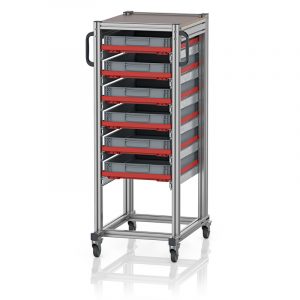
Chariot porte bac euro 600×400
1240,00 € HT / 1488,00 € TTCGuide d'utilisation du Chariot porte bac euro 600x400
Les avantages du Chariot porte bac euro ... -
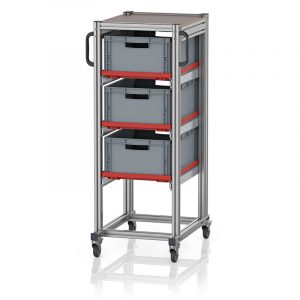
Chariot bac 600×400
1013,00 € HT / 1215,60 € TTCGuide d'utilisation du Chariot bac 600x400
Les avantages du Chariot bac 600x400 au quotidien...


